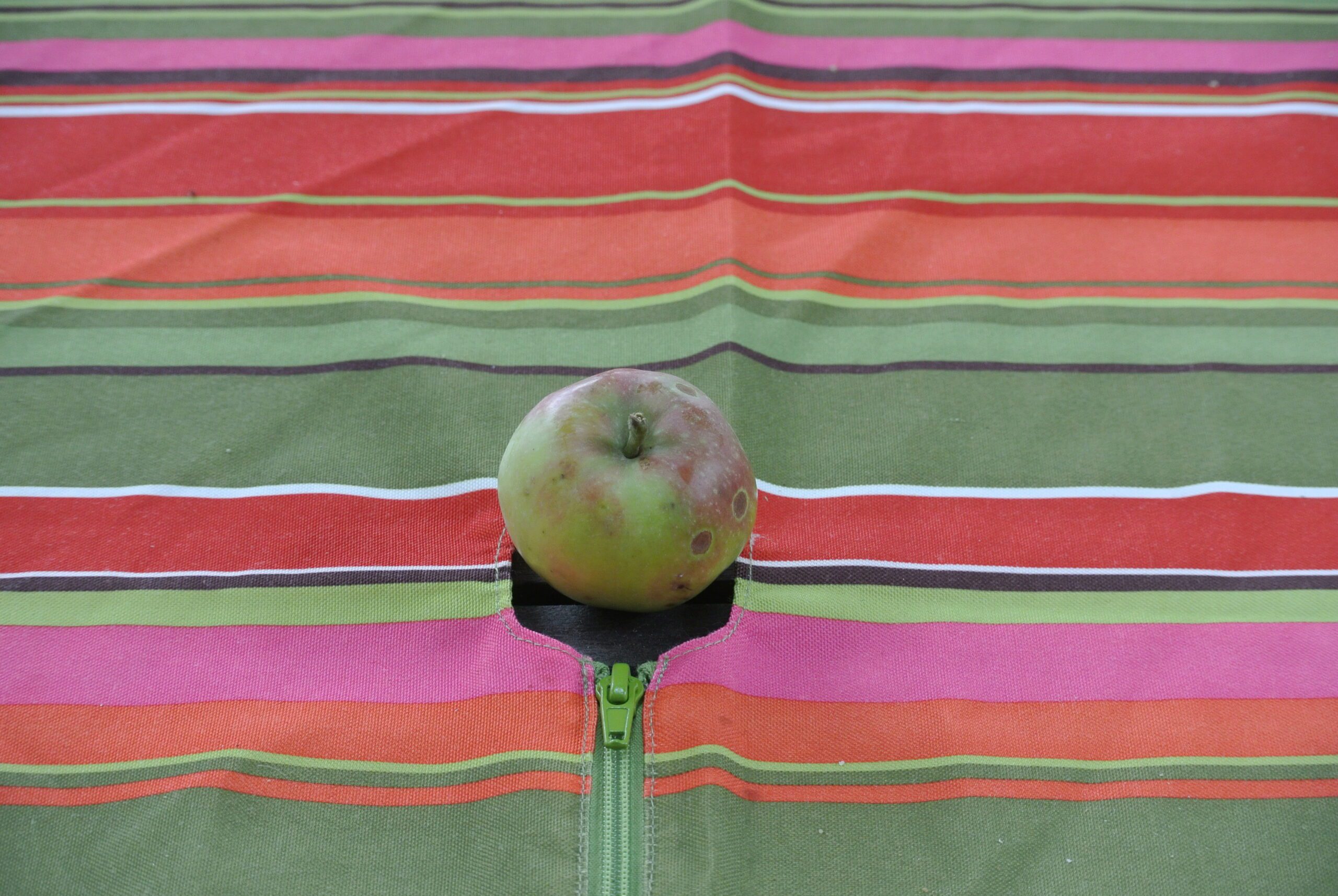
Miksang
is a Tibetan word that translates as “good eye.”Nalanda Miksang presents a progressive training through a series of courses based on Chögyam Trungpa’s teachings on the three levels of perception. At each stage of this journey through the three levels, we engage with the visual world in a distinctive way, and we form pure and vivid equivalent images.
Although Nalanda Miksang is practiced by taking pictures, it is more so a contemplative journey, in which we enhance our appreciation of life through uncovering the enriching presence of the visual world.
History of Miksang
Miksang was originally developed by Michael Wood and John McQuade under the direction of Vajra Regent Ösel Tendzin, a Dharma Successor of Chögyam Trungpa Rinpoche.
In 1985, the Vajra Regent certified Miksang as a practice that embodies and expresses the Dharma Art teachings of Chögyam Trungpa.
John McQuade established Nalanda Miksang to develop and present these Miksang teachings with a special emphasis on following the levels of Chögyam Trungpa’s teachings, and maintaining the mandate for the teachings to spread in a not-for-profit, society-building way.
Nalanda Miksang is an independent organization but is associated with Shambhala International. John established a teacher training program in the early 2000’s, and now Nalanda Miksang is an International organization with teachers around the world. Miriam Hall, an early student and teacher, is now co-Director of Nalanda Miksang.
The Lineage Teachers
Chögyam Trungpa Rinpoche
was a meditation master in lineages of Tibetan Buddhism, and presented the Shambhala teachings . He established Shambhala centers throughout the world, as well as Naropa University, a certified contemplative liberal arts school.
Chögyam Trungpa Rinpoche was a practitioner of many contemplative arts and his Dharma art teachings are presented in the book True Perception.
For more information on Chögyam Trungpa, visit www.chronicleproject.com

For a slideshow of Chögyam Trungpa’s photography, please see this page.

Ösel Tendzin
was a dharma heir – or Vajra Regent – of Chögyam Trungpa. He was one of the first Western students to hold a lineage in Tibetan Buddhism. His interest in photography led him to start the first Miksang group based on Chogyam Trungpa’s Dharma Art teachings. Later he certified and established the Miksang Society.
For more information on the Varja Regent, please visit www.vrot.org.
Sakyong Mipham Rinpoche
is the son and dharma heir of Chögyam Trungpa. In 1995, he was enthroned as Sakyong, the holder of the Shambhala lineage.
He practices many contemplative arts, including calligraphy, Kyudo (the art of the bow) and poetry. He has published a collection of his poetry: The Smile of the Tiger.

Miksang Teachers

Miriam Hall
is co-director of Nalanda Miksang. She has been a teacher in Shambhala and Nalanda Miksang since 2005. She is also senior faculty for Karuna Training in North America, and is authorized to present all five parts of Shambhala Art, as well as Maitri Space Awareness.
Currently, Miriam focuses her teaching efforts in Nalanda Miksang on teacher training and support, and offering more advanced Nalanda Miksang programs.
For more information www.herspiral.com

John McQuade
is the founder of the Nalanda Miksang Society. From 1978 on, he was a student of Chogyam Trungpa Rinpoche. He was a close student of Vajra Regent Osel Tendzin and now studies with Sakyong Mipham.
He is a certified meditation instructor, Shambhala Training teacher and Maitri Space Awareness teacher. He holds a PhD in Phenomenology. He is co-author of the books Looking and Seeing and Heart of Photography. For more information: www.dralaimage.com
Nalanda Miksang consists of two aspects:
1. Nalanda Miksang International LLC, a not-for-profit organization founded by John McQuade to develop and teach contemplative photography based on the Dharma Art teachings of Chögyam Trungpa, as found in True Perception and other texts.
2. Nalanda Miksang Society for Contemplative Photography, which is the social arm of Nalanda Miksang International; it is where we build community and develop the vision of enlightened society through the practice of Nalanda Miksang. This includes community forums for teachers as well as students and practitioners, as well as ongoing community building offline and online.